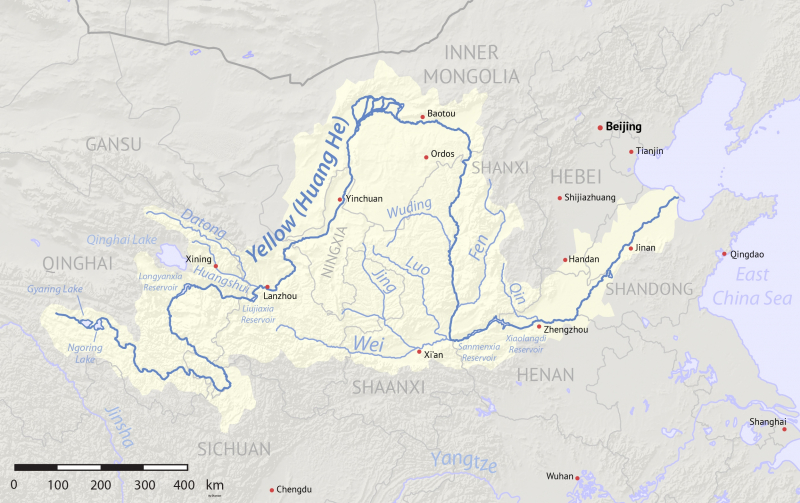The Chinese Civilization
The earliest known written records of Chinese history originate from 1250 BC, from the Shang dynasty (c. 1600-1046 BC), during the reign of King Wu Ding, known in records as the twenty-first King of Shang. The Book of Documents (early chapters, 11th century BC), the Bamboo Annals (c. 296 BC), and the Records of the Grand Historian (c. 91 BC) mention and describe a Xia dynasty (c. 2070-1600 BC) preceding the Shang, but no writing from the period is known, and Shang writings do not indicate the existence of the Xia. The Shang ruled in the Yellow River valley, widely regarded as the cradle of Chinese civilization. Neolithic civilizations, on the other hand, arose in diverse cultural centers along both the Yellow and Yangtze rivers. These civilizations on the Yellow and Yangtze rivers arose millennia before the Shang. With thousands of years of continuous history, China is considered one of the world's oldest civilizations and one of the cradles of civilization.
Historians believe certain truths about the prehistory of China. Homo erectus, an early human species, existed in China about a million years ago. Later, 65,000 years ago, modern humans, Homo sapiens, arrived in China from Africa. They hunted wild animals for food. They also started picking and gathering fruits, which led to the Chinese learning to cultivate about 5000 BC. They had begun to cultivate rice and maybe other grains. China entered the Bronze Age by 2500 BC. A ruling class of kings and queens had entered society.
Period: 1600 BC–1046 BC
Original Location: Yellow River and Yangtze region
Current Location: China
Major Highlights: Invention of paper and silk












